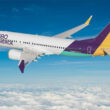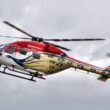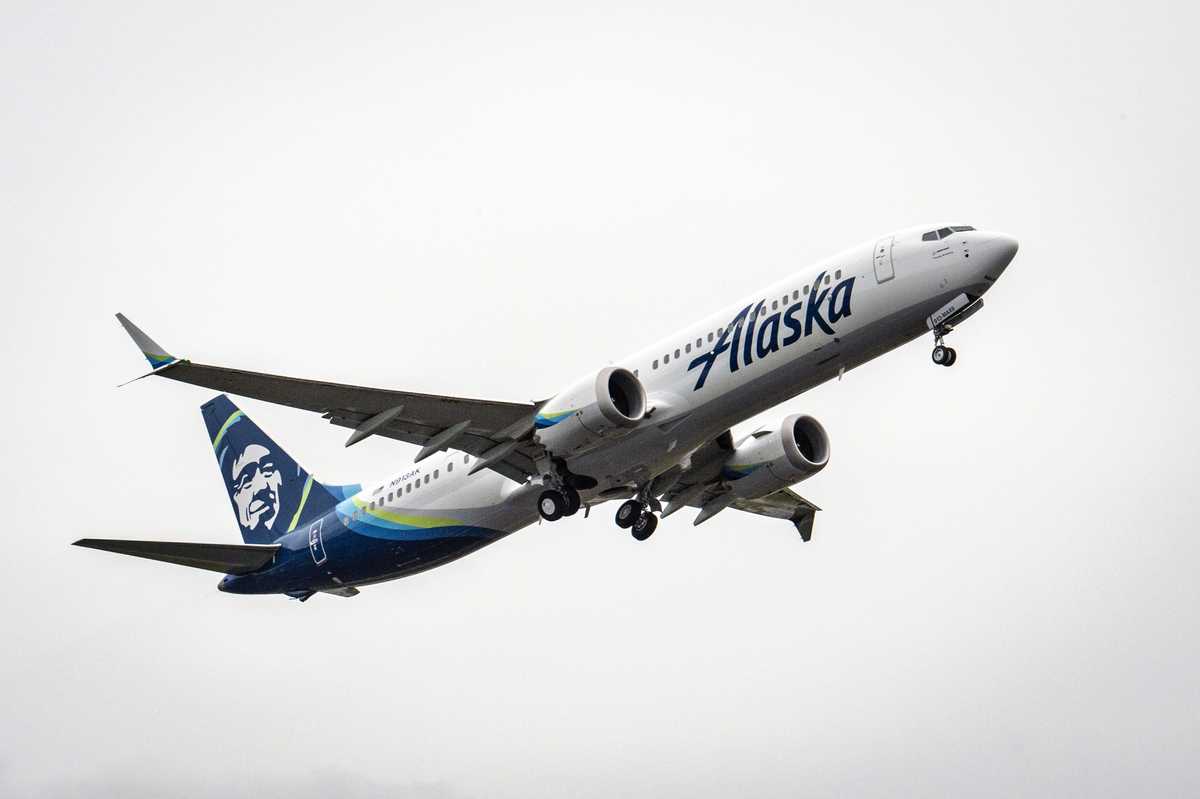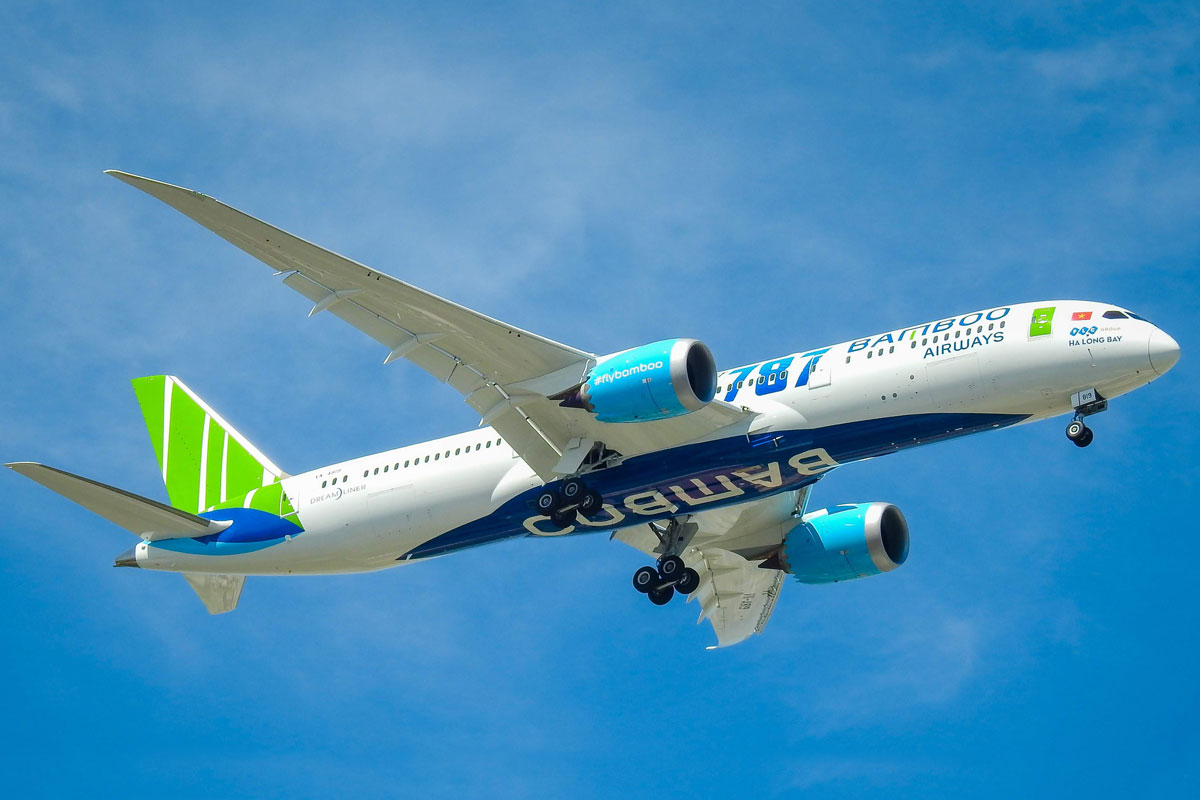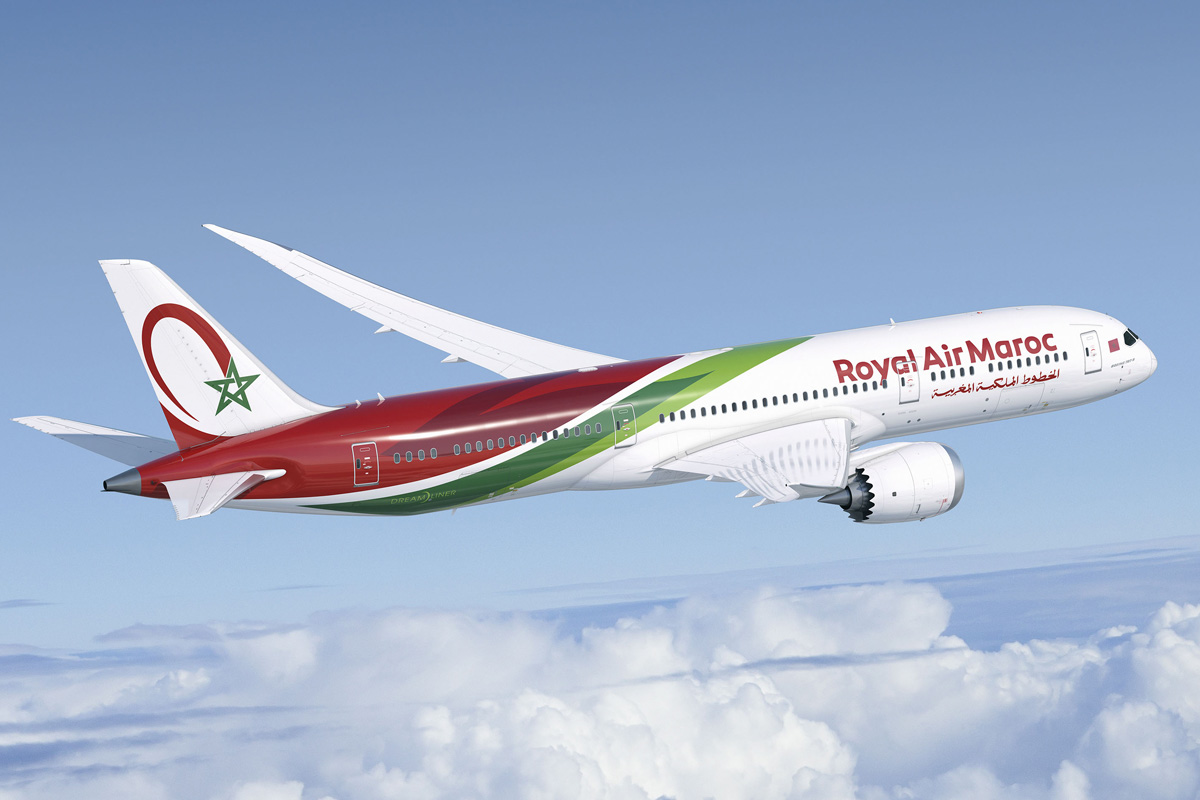The most important asset of the A321XLR, the ultra-long-range variant of the Airbus jet, could be undermined by a safety requirement. According to Reuters, the manufacturer would have agreed to expand the reinforcement of the structure necessary to make the rear central tank extra safe.
Structural reinforcement, however, would have added up to 800 kg to the aircraft’s weight, about 500 kg more than initially planned. As a result, the promised range of 4,700 nautical miles (8,700 km) would have dropped to something like 4,500 nm (about 8,300 km).
Currently, the A321LR (Long Range) version is capable of flying 4,000 nautical miles and thus taking on transoceanic flights.
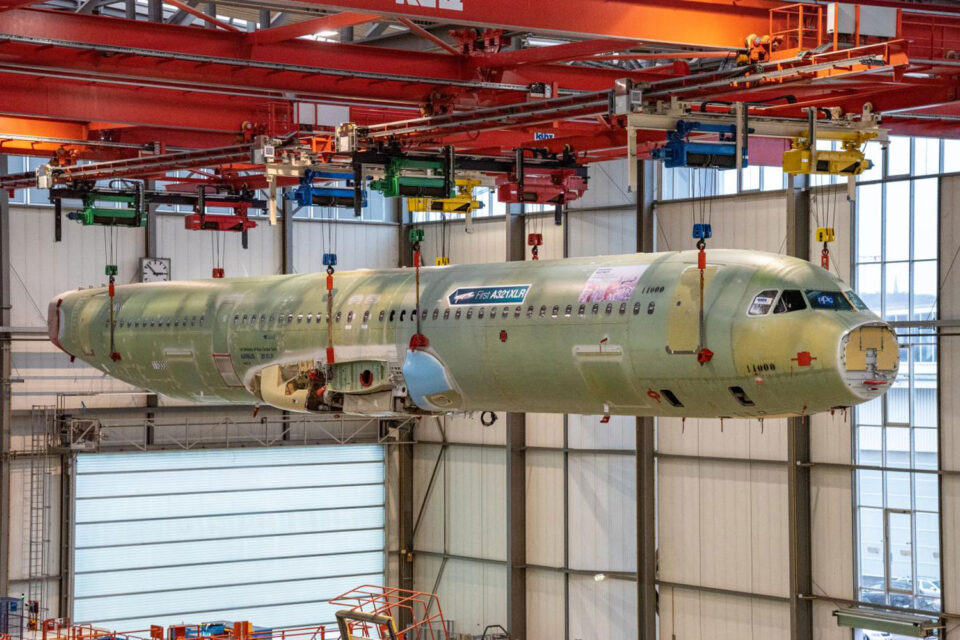
The A321XLR, in turn, attracted several customers due to its potential as a more economical substitute on routes where only heavy and expensive wide bodies currently fly.
Safety issues had been raised by Boeing initially and involved a fire risk and evacuation time as the new rear center tank was positioned in a sensitive area of the aircraft.
According to Reuters, Airbus has agreed to the requirement made by the European Union Aviation Safety Agency (EASA) and is developing a new tank.

Despite this, Airbus has stated that the change will not have a significant impact on the performance of the A321XLR, in response to the news agency.
Follow ADN: Instagram | Twitter | Facebook
The A321XLR is expected to be certified in the second quarter of 2024 and enter service thereafter.


